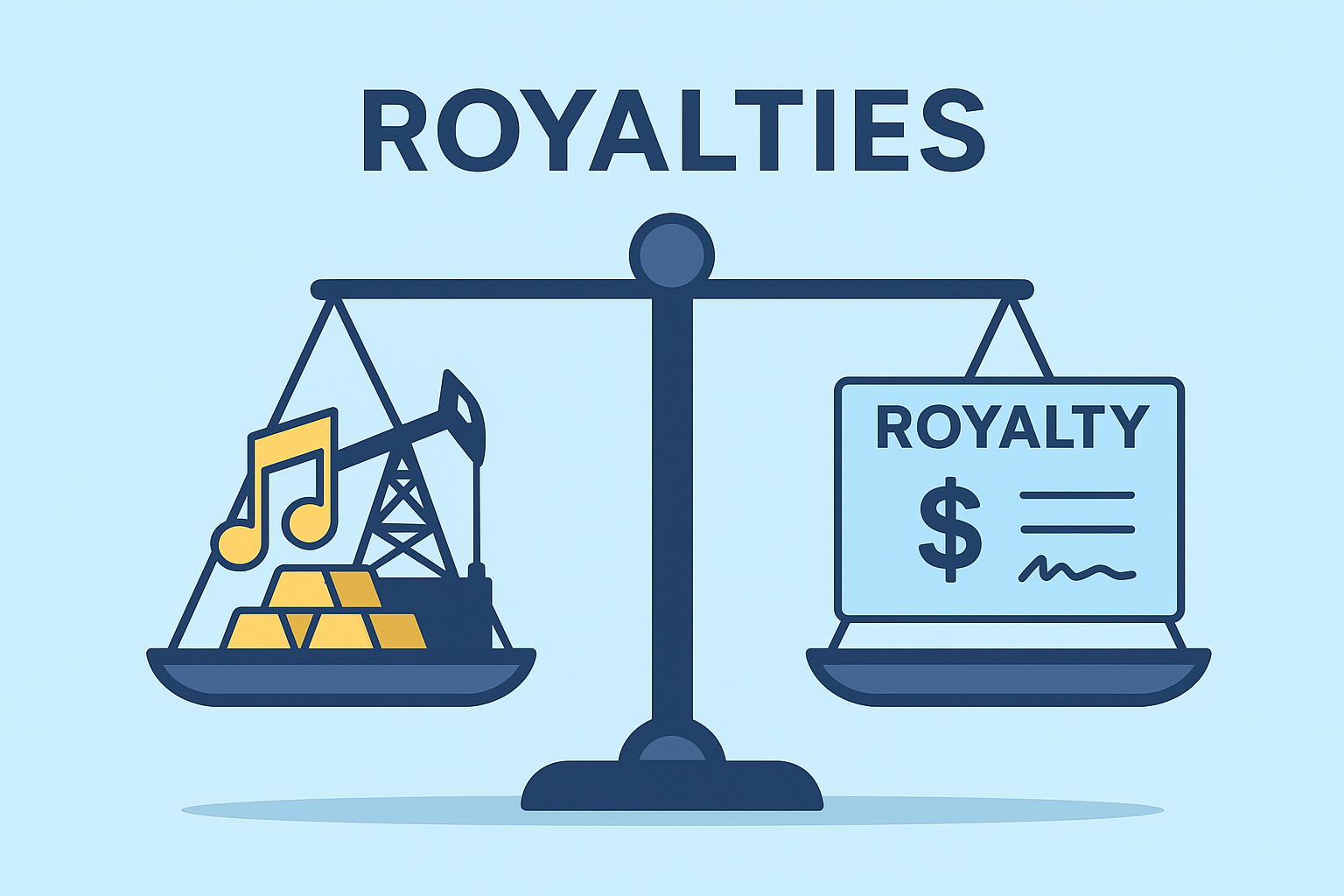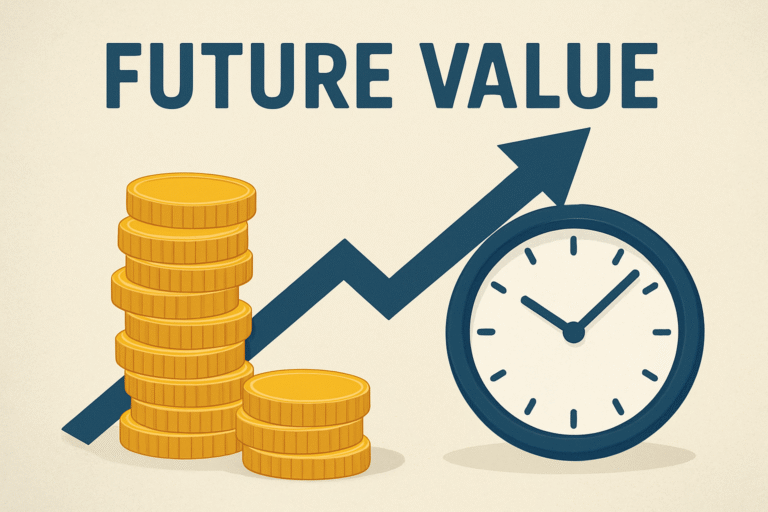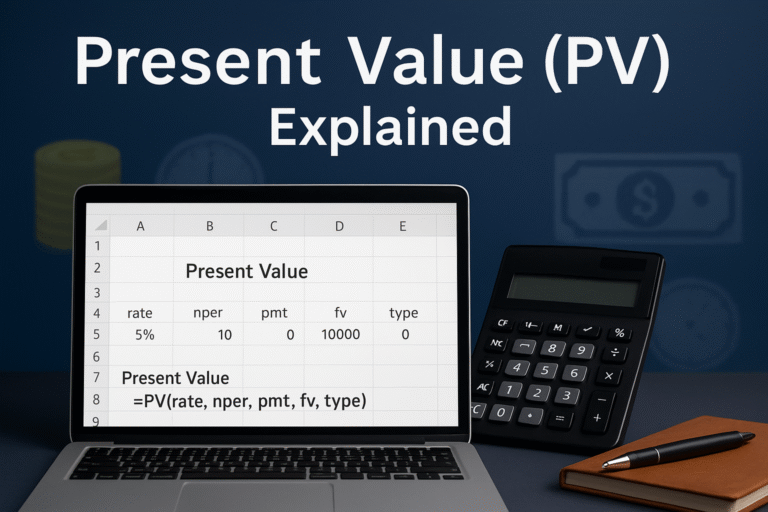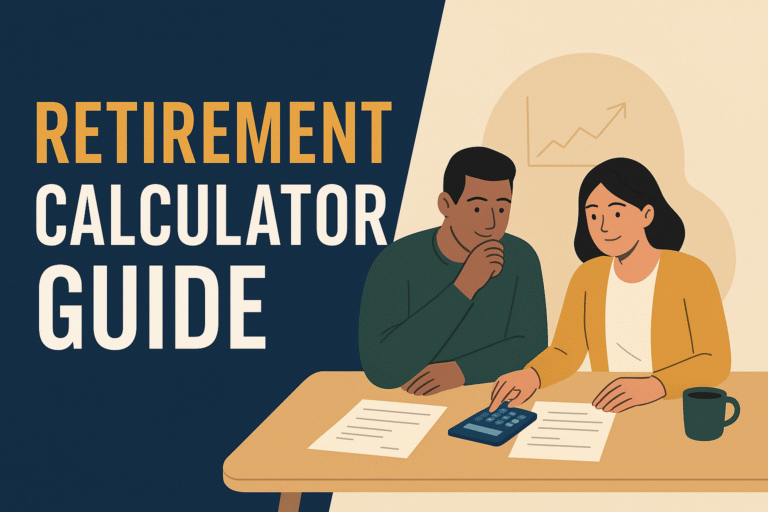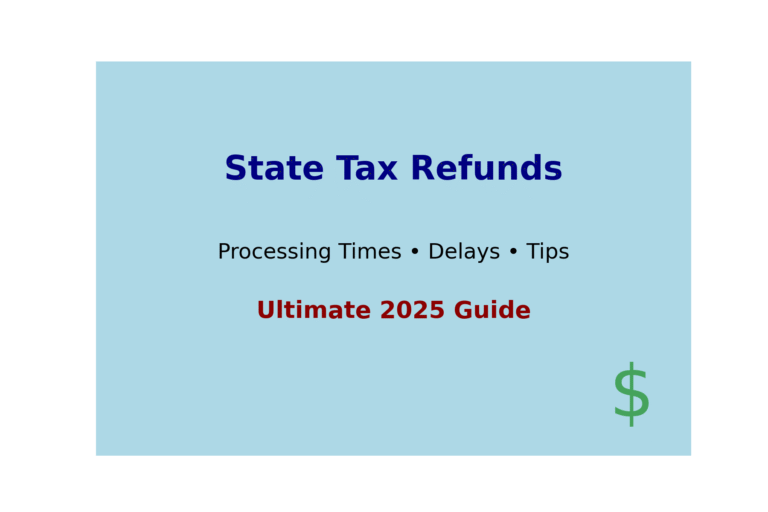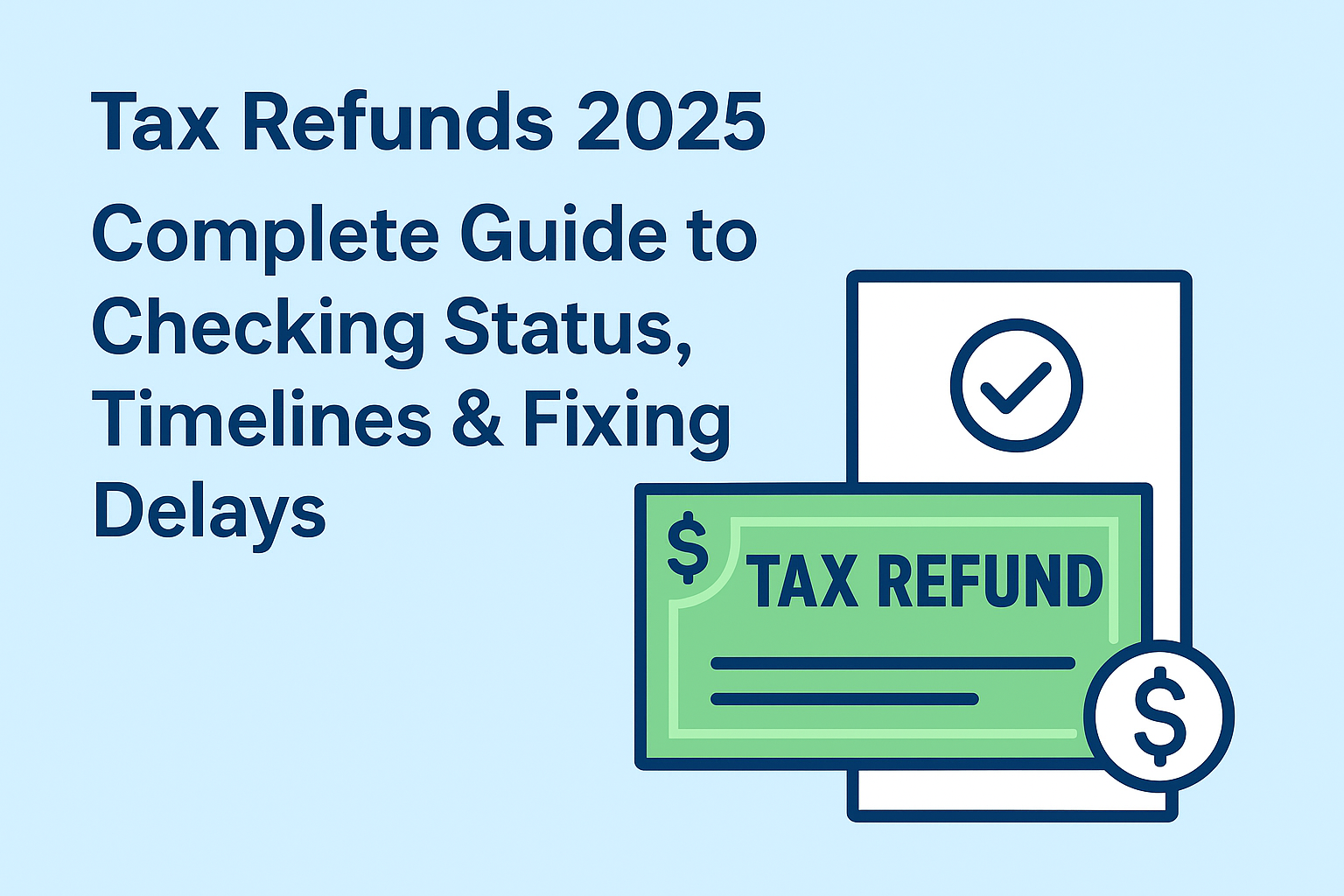Roth IRA vs 401k for early retirement is one of the most common debates among FIRE (Financial Independence, Retire Early) seekers. Both accounts are powerful, but they serve different purposes. A 401(k) helps you shelter more income and capture employer matches, while a Roth IRA gives you tax-free growth and flexible access to contributions. The best strategy? Use both together and layer a taxable brokerage account for extra flexibility. Why invest
401(k): Employer-sponsored retirement plan with high contribution limits and potential employer match. Contributions can be pre-tax (Traditional) or after-tax (Roth 401k). Withdrawals before age 59½ usually face a penalty unless using IRS exceptions. IRS 401(k) plan limits
Roth IRA: An Individual retirement account funded with after-tax money. Contributions (not earnings) can be withdrawn tax and penalty-free anytime. Income limits apply, but workarounds exist (backdoor Roth). IRS IRA contribution limits
TL;DR (Quick Summary)
- 401(k): High contribution limits + employer match = tax savings powerhouse.
- Roth IRA: Tax-free growth + penalty-free contribution access = early retirement flexibility.
- Best FIRE approach: Use both. Max 401(k) for savings, fund a Roth IRA for flexibility, then add a taxable brokerage for your “bridge” years.
Contribution Limits Roth IRA vs 401k (2025)
| Account | Limit (2025) | Catch-Up (50+) | Notes |
|---|---|---|---|
| 401(k) | $23,000 employee deferral (plus employer contributions up to $69,000 total) | $7,500 | No income limits |
| Roth IRA | $7,500 | $1,000 | Income phaseouts apply |
Roth IRA vs 401k
401k (Traditional & Roth)
- Limit (2025): $23,000 (+$7,500 catch-up if 50+).
- Employer match = “free money.”
- Traditional: Pre-tax contributions, taxed later.
- Roth 401k: After-tax contributions, tax-free withdrawals. Retire by 55
Roth IRA
- Limit (2025): $7,500 (+$1,000 catch-up if 50+).
- Income phaseouts apply.
- Contributions can be withdrawn anytime, tax + penalty free.
- Growth is tax-free after age 59½ (or via the 5-year rule). IRS contribution limits 2025
Key Difference: Taxes Now vs Later
Why this matters for early retirement: Roth IRA contributions and conversions can be tapped before 59½, making them vital for FIRE strategies.
Traditional 401(k): Save on taxes today, pay taxes in retirement.
Roth IRA: Pay taxes now, withdraw tax-free later.
IRS Guide on Roth IRA Distributions clarifies that contributions can always be withdrawn tax-free.
The Early Retirement Challenge
Most retirement accounts penalize withdrawals before 59½. If you plan to retire at 45, 50, or 55, you’ll need creative strategies:
- 401(k): Locked until 59½ (unless SEPP/72(t) applies).
- Roth IRA: Contributions are always accessible; conversions are available after 5 years.
See IRS guidance on Roth IRA distributions
Scenario Analysis: Retiring at 45, 50, 55
Case 1: Retiring at 45
- 401k: Still locked unless using Rule 72(t SEPP).
- Roth IRA: Contributions available penalty-free; growth locked until 59½.
- Strategy: Build a large taxable brokerage account + Roth contributions.
Case 2: Retiring at 50
- 401 (k): Still locked.
- Roth IRA: Contributions available. The conversion ladder can start providing access in 5 years.
- Strategy: Start conversions at 45 → accessible at 50.
Case 3: Retiring at 55
- 401 (k): Still a penalty unless SEPP.
- Roth IRA: Contributions + conversions accessible.
- Strategy: Taxable + Roth IRA bridge until 59½.
The Roth Conversion Ladder
A Roth conversion ladder lets you roll funds from a 401(k) → Traditional IRA → Roth IRA, then withdraw those converted funds penalty-free after 5 years.
Checklist:
- Convert gradually to manage taxes.
- Track each conversion’s 5-year clock.
- Plan conversions at least 5 years before you’ll need the money.
- IRS source: Roth IRA conversion rules
72(t) SEPP Option
The IRS allows early withdrawals via Substantially Equal Periodic Payments (SEPP) under Rule 72(t). But once you start, you must stick to the schedule for 5 years or until 59½ — whichever is longer. It’s a rigid option, but useful as a last resort. IRS SEPP guide
Pros & Cons (Early Retirement Lens)
| Feature | 401(k) | Roth IRA |
|---|---|---|
| Contribution Limit | High ($23,000) | Lower ($7,500) |
| Employer Match | Yes | No |
| Early Access | Restricted | Contributions anytime; conversions after 5 years |
| Income Limits | None | Yes (phaseouts) |
| Best For | High earners & tax shelter | Flexibility & tax-free income |
Example FIRE Plan (Sarah, Age 30)
- Income: $90,000
- Savings rate: 30% ($27,000/yr)
Strategy:
- 401(k): $18k + $5k employer match
- Roth IRA: $7,500
- Taxable brokerage: $1,500
By 55:
- $1.1M in 401(k)
- $350k in Roth IRA
- $200k taxable
This mix funds her bridge years (55–59½) with taxable + Roth contributions while the 401(k) compounds untouched. 3 fund portfolio
The Best Strategy: Use Both
For early retirement, the combo approach works best:
- Max 401k to get employer match + tax savings.
- Contribute to Roth IRA for early-access flexibility.
- Invest in taxable brokerage for bridge years (45–59½).
- Use a Roth conversion ladder: roll money from 401k → Traditional IRA → Roth IRA → withdraw after 5 years penalty-free.
Yes, but only tax + penalty-free if you meet the 5-year rule AND age 59½. Contributions are always penalty-free.
Yes, via a Roth conversion (you’ll owe taxes on the converted amount).
You can use a backdoor Roth IRA strategy
No — Roth 401ks have higher limits and no income caps, but withdrawals follow different rules.
401(k) up to employer match
Roth IRA (if eligible)
Back to 401(k).
Final Thoughts
So, Roth IRA vs 401k, which is better for early retirement?
- 401k = higher limits + tax breaks now, but less flexible before 59½.
- Roth IRA = smaller limits, but flexible withdrawals and tax-free growth.
- Best strategy = combine both, then layer taxable accounts for early-access funds.
If your goal is FIRE, balance tax savings today with flexibility tomorrow.
Disclaimer: This article is for educational purposes only, not financial or tax advice. Consult a professional for personal planning.
Author Bio
Written by Max Fonji, founder of TheRichGuyMath.com. I help readers simplify investing and retirement planning with clear, data-backed strategies with 8+ years of experience.


